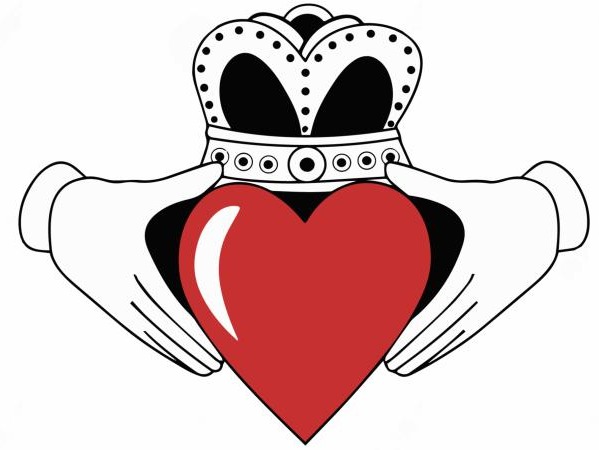
The Ongoing CSSWG Debate: Grid vs. Masonry
The CSS Working Group (CSSWG) recently gathered to address a long-standing debate that has captivated web developers for years. The core of this lively conversation lies in whether Masonry, a layout popularized by websites like Pinterest, should be an integral part of the CSS Grid system or treated as a separate display altogether. On December 4th, stakeholders convened, presenting their perspectives in what could be described as a battle of creative minds and PowerPoint slides.
Historical Context and Background
To truly appreciate the gravity of this debate, we must travel back to 2017, when web designers began questioning if Grid could manage the demands of Masonry layouts—layouts that accommodate unevenly sized items without leaving any gaps. By 2020, Mozilla's Firefox had introduced a prototype featuring Masonry integrated into Grid. Yet, not everyone was convinced. Rachel Andrew, a notable voice in the web design community, championed the idea of Masonry as a standalone style.
Counterarguments and Diverse Perspectives
At the recent teleconference, Google’s Alison Maher passionately argued for Masonry as a new display type, emphasizing how this would simplify positioning and alignment, features essential for a straightforward web design process. Conversely, the WebKit team, represented by Jen Simmons, advocated for the "Just Use Grid" approach, suggesting it would prevent specification bloat and confusion among developers. This tug-of-war demonstrates the complexity of merging creativity and practicality in web development.
Unique Benefits of Knowing This Information
Understanding the intricacies of this Grid vs. Masonry debate can empower those interested in web design to make informed decisions about their projects. Whether you're creating a personal blog or a site using an ai website design generator, knowing how these two approaches influence layout choices can enhance your creative freedom and efficiency.
 Add Row
Add Row  Add
Add 




Write A Comment